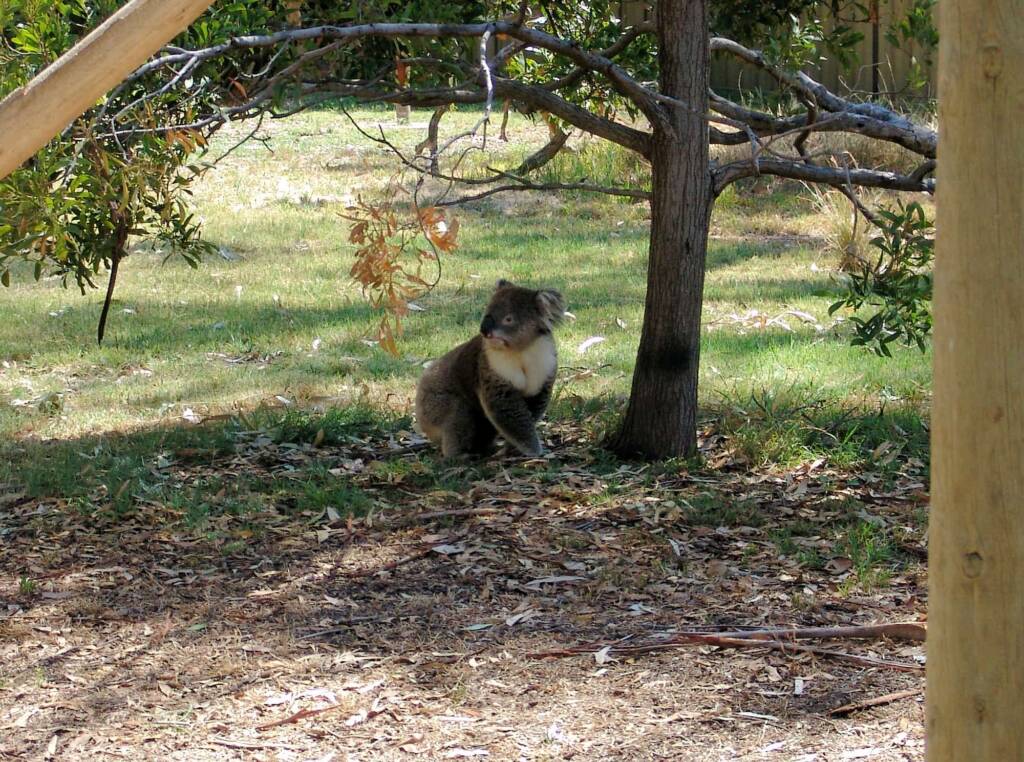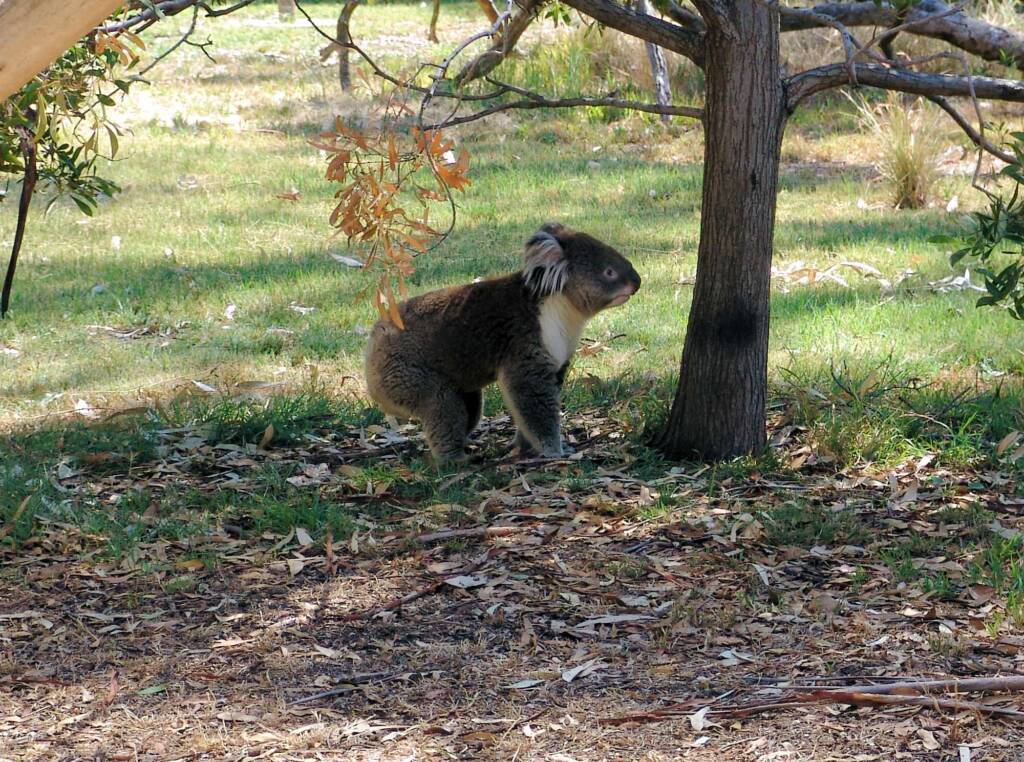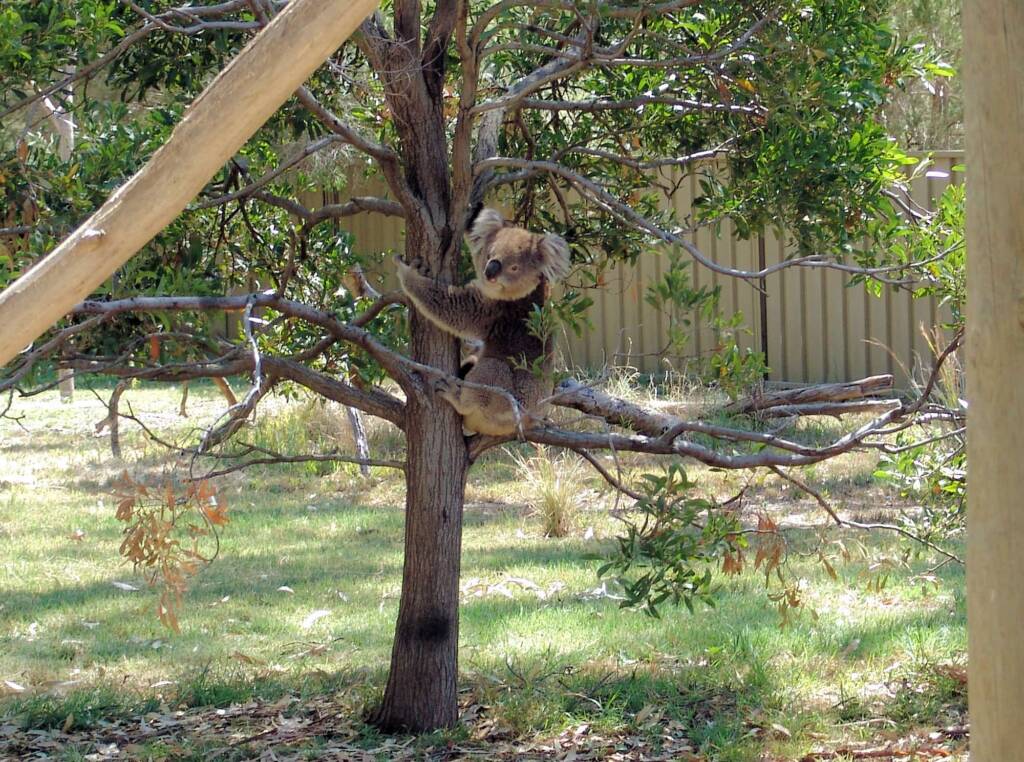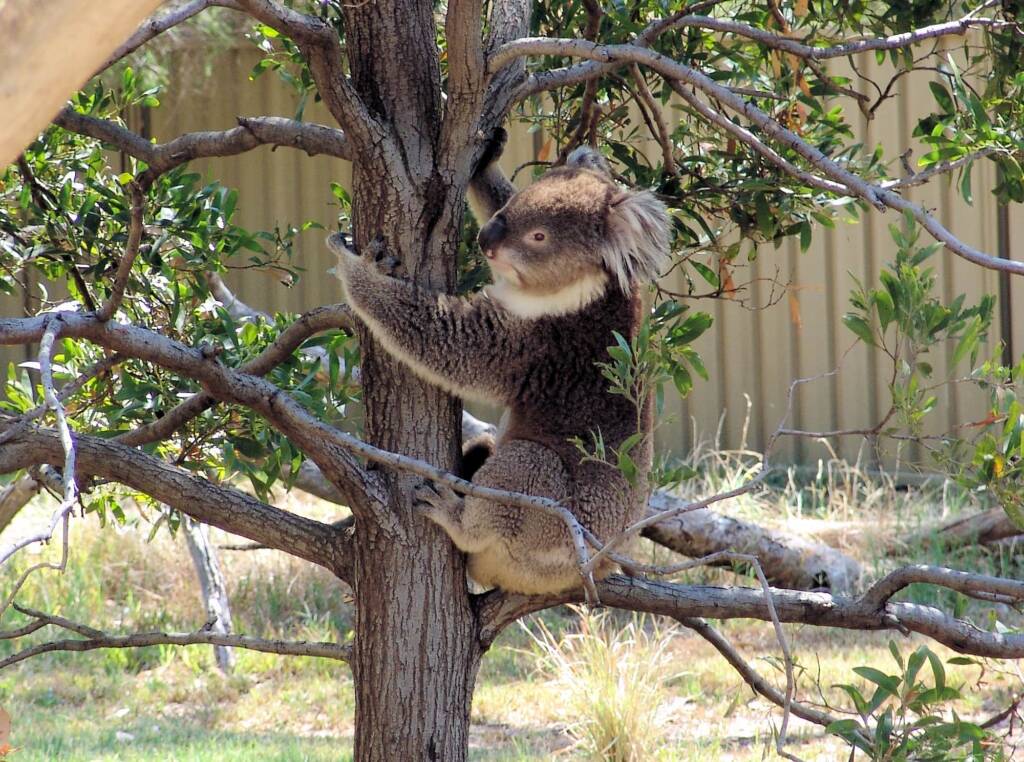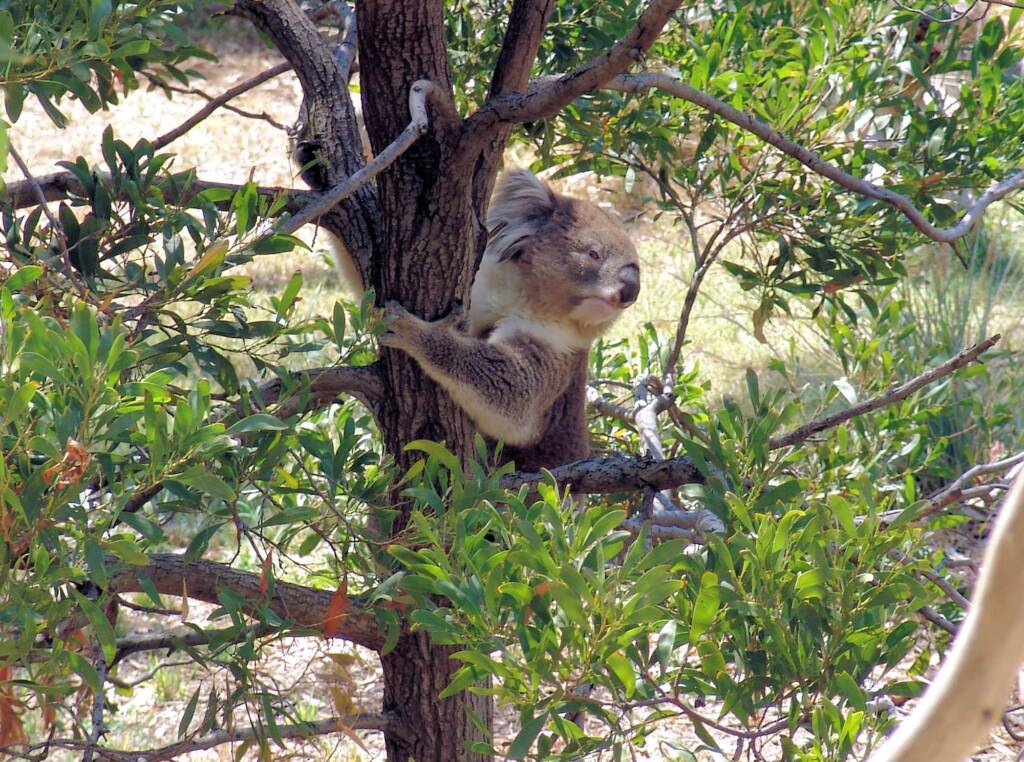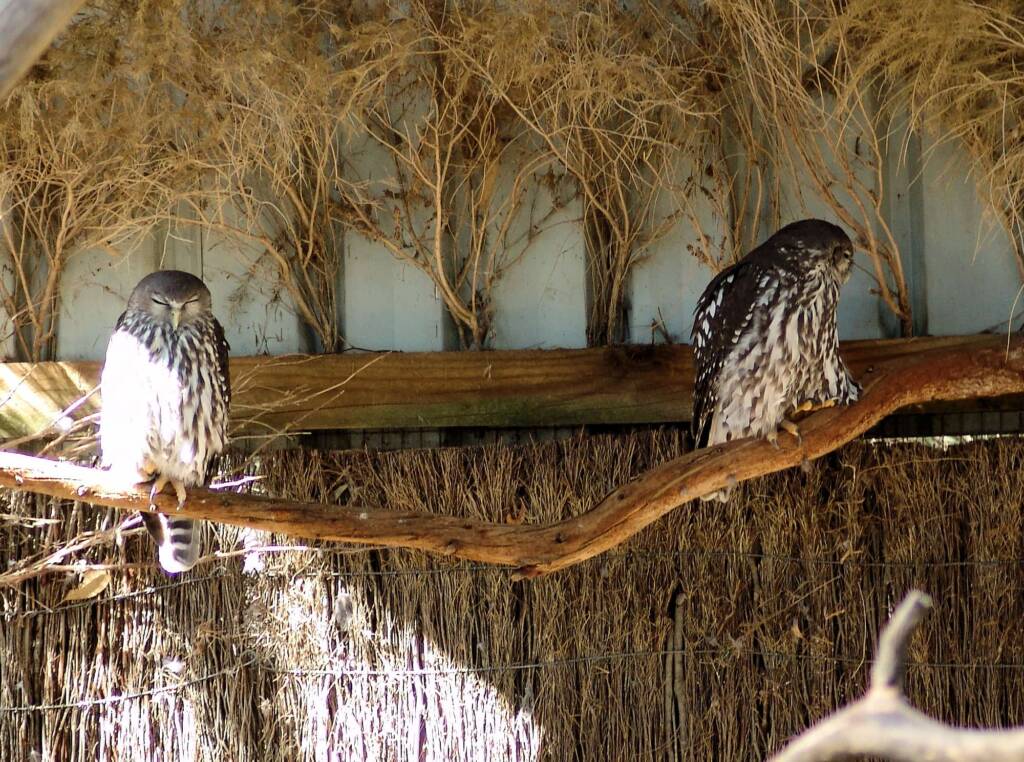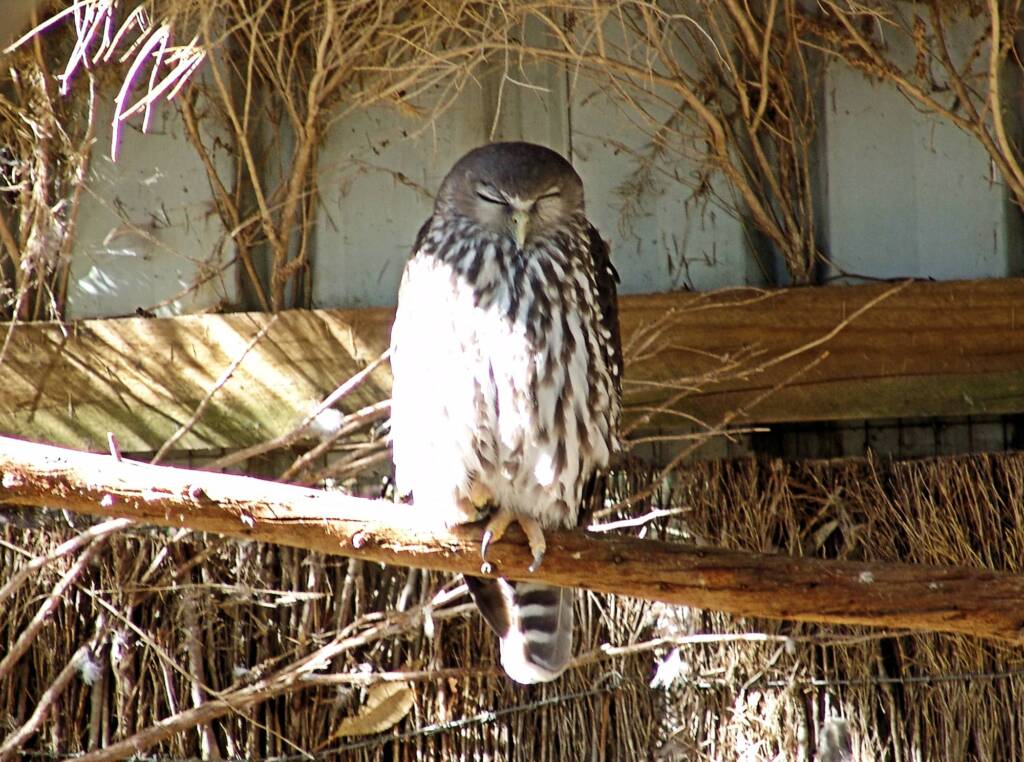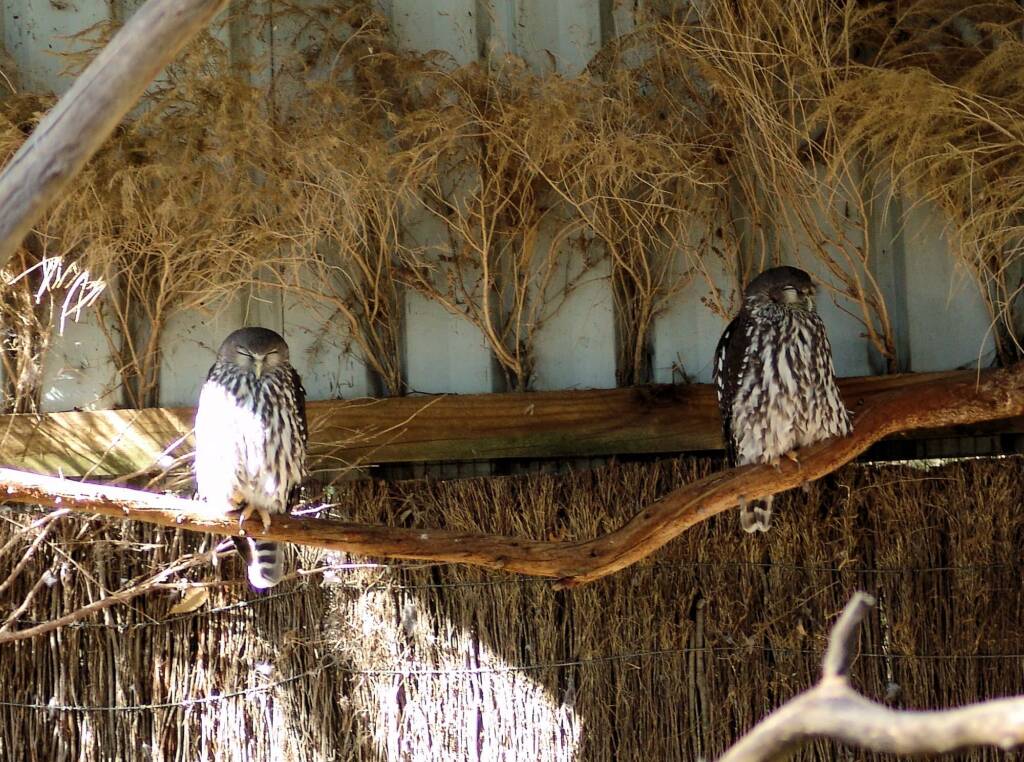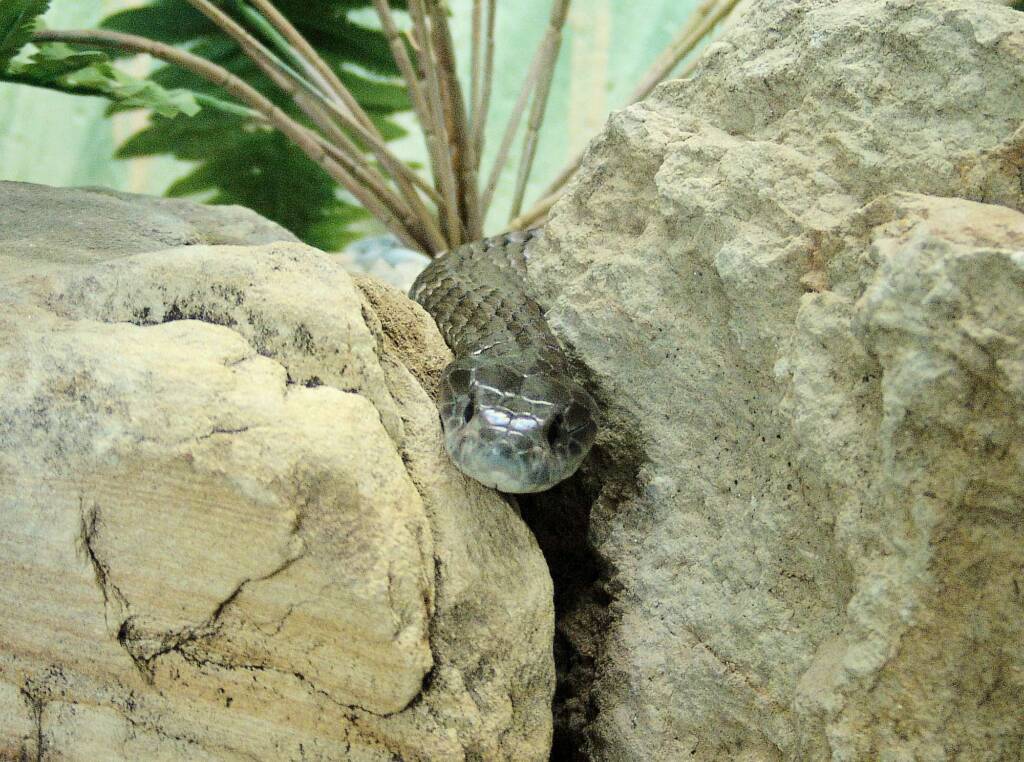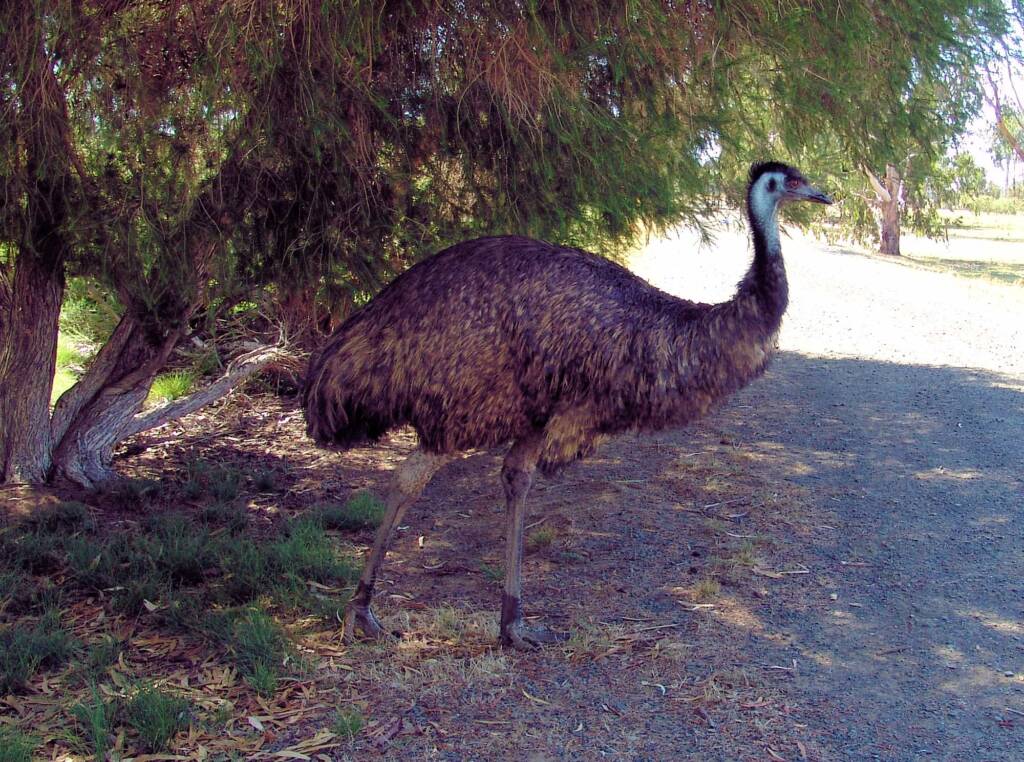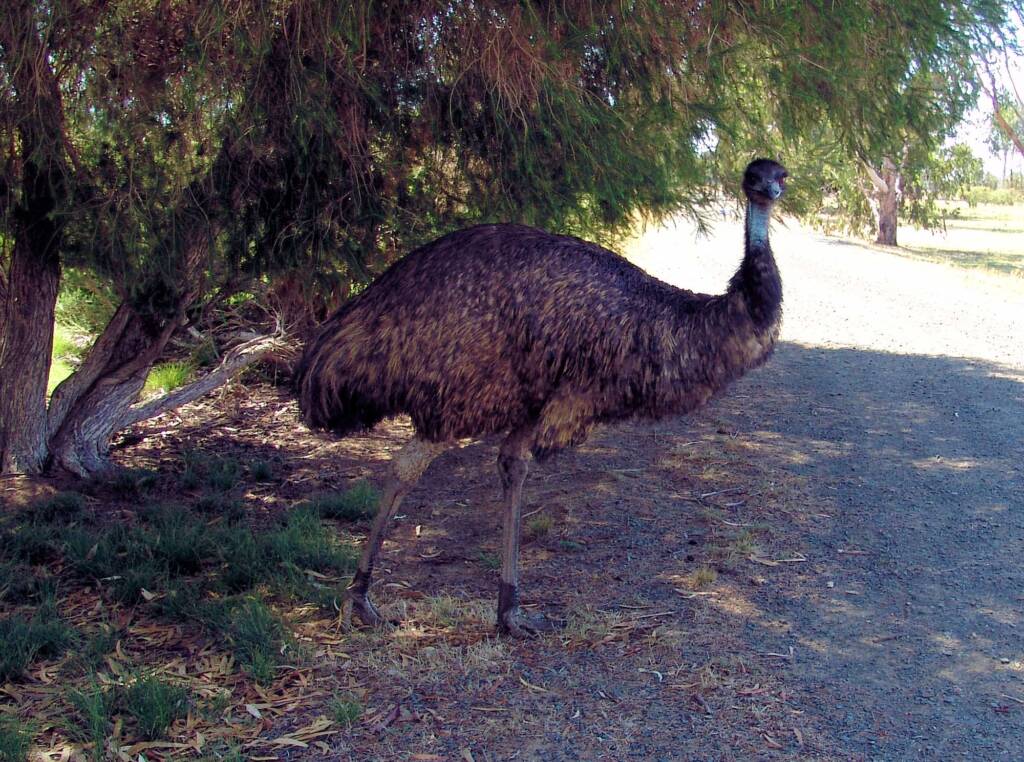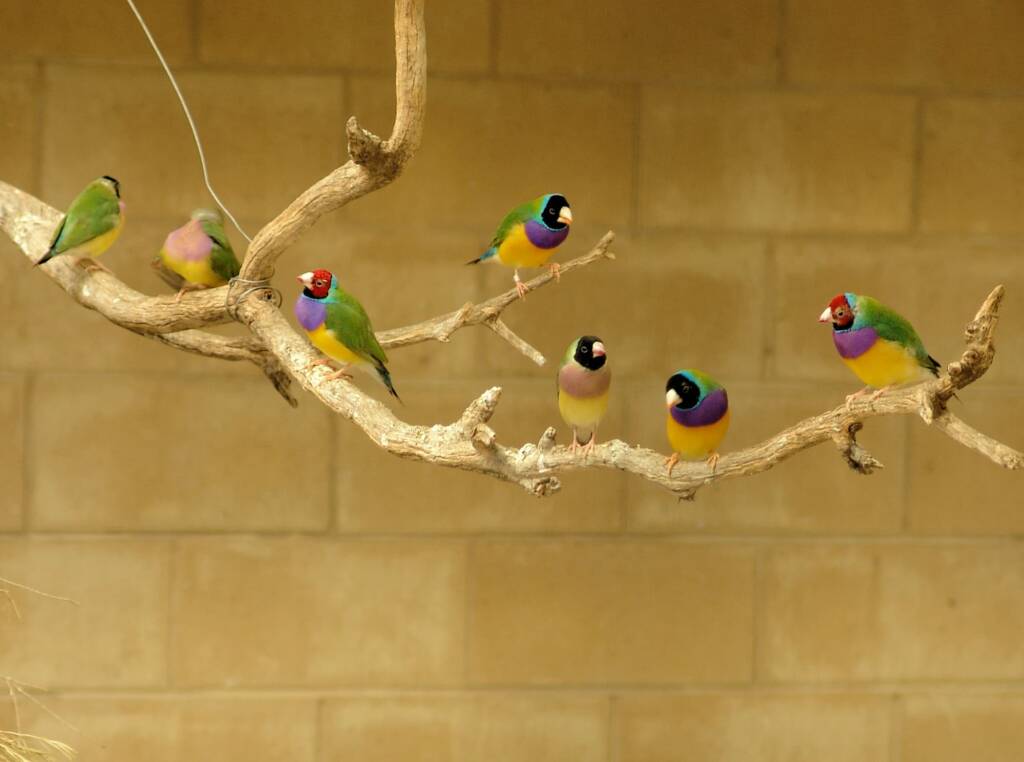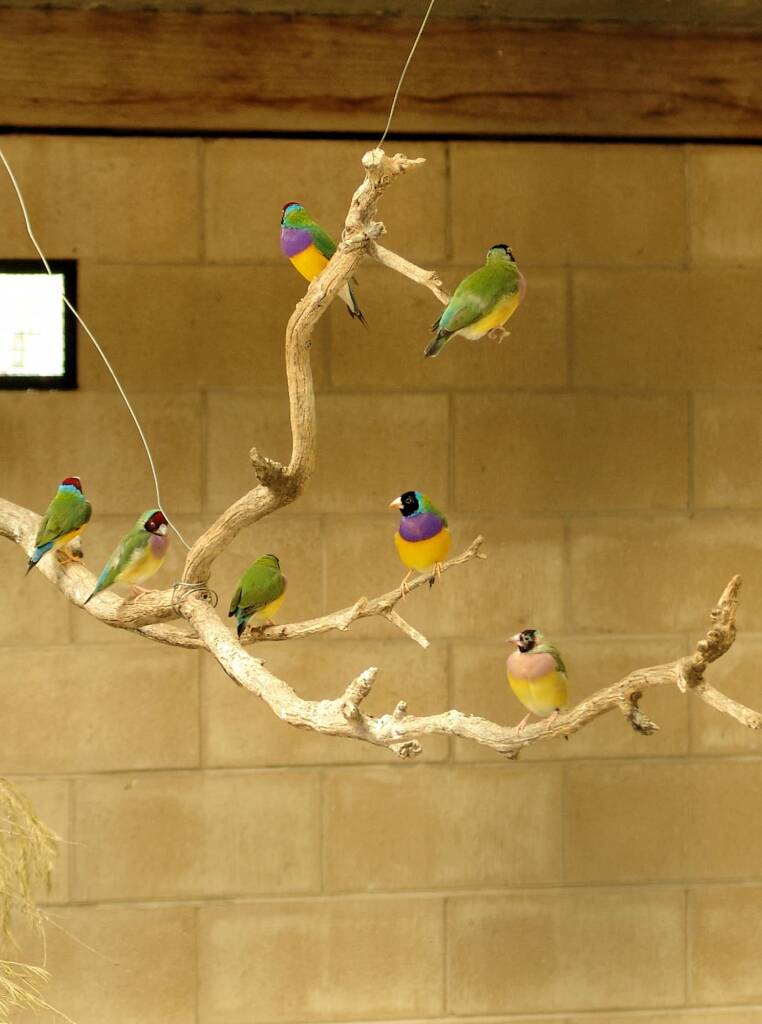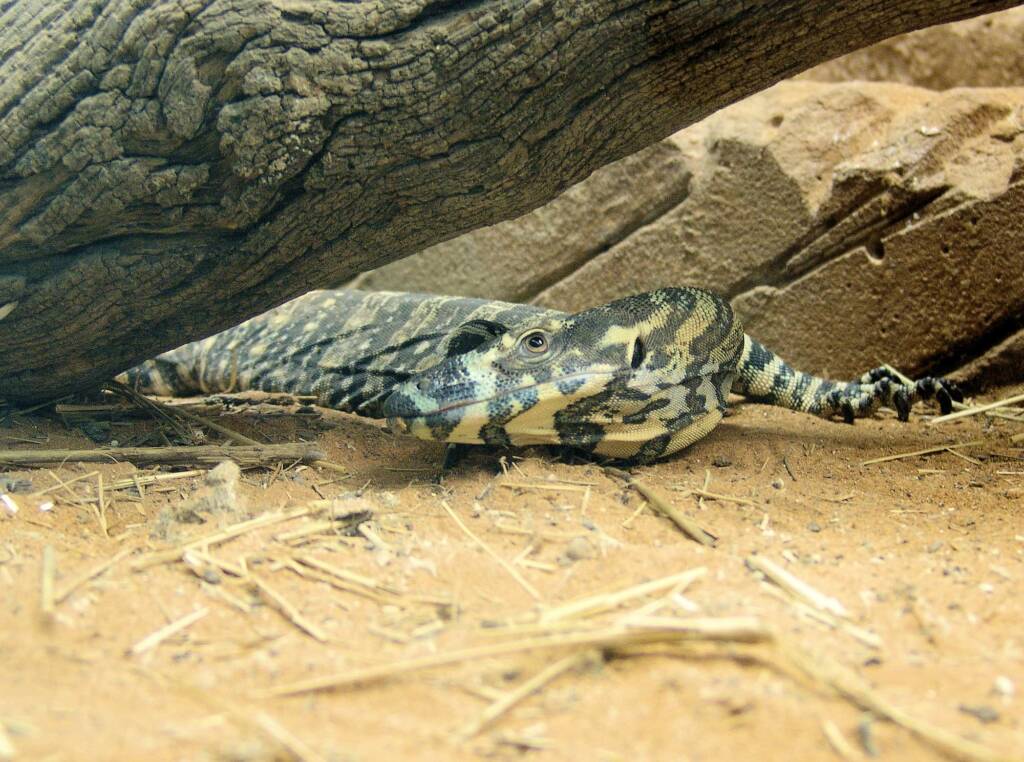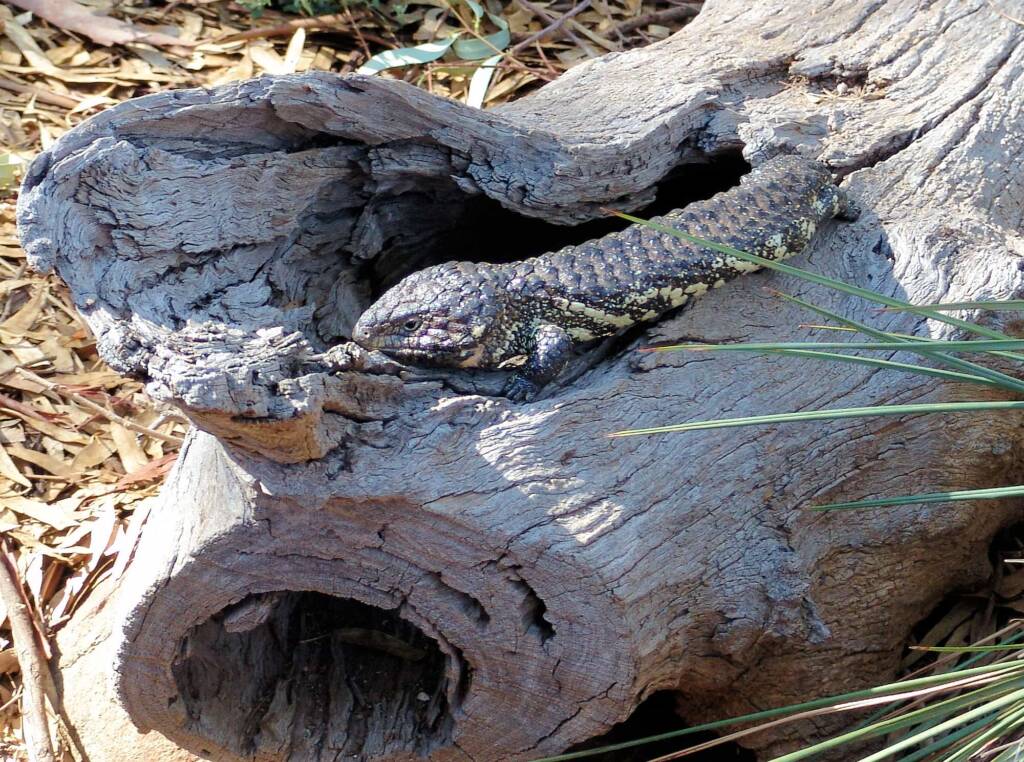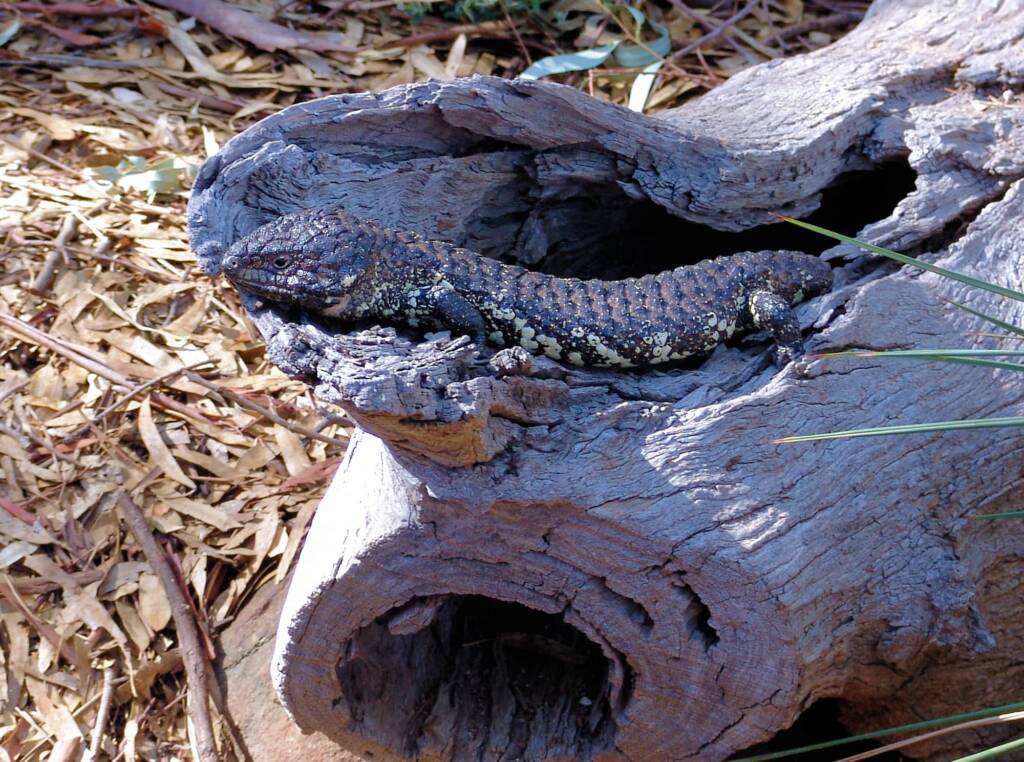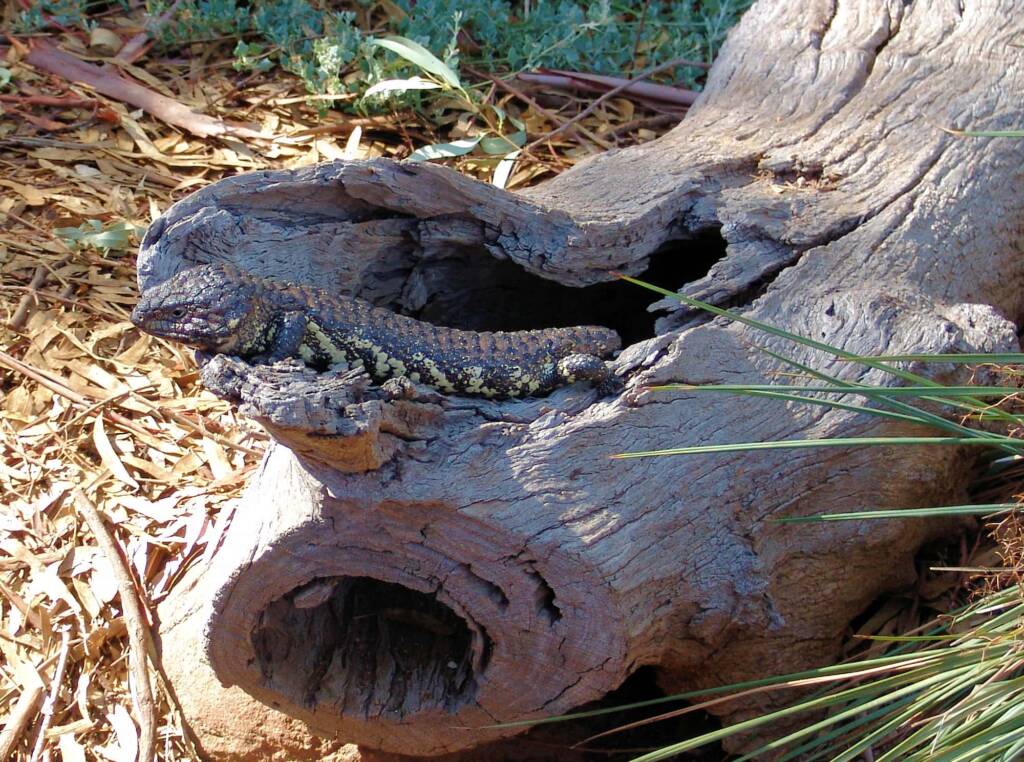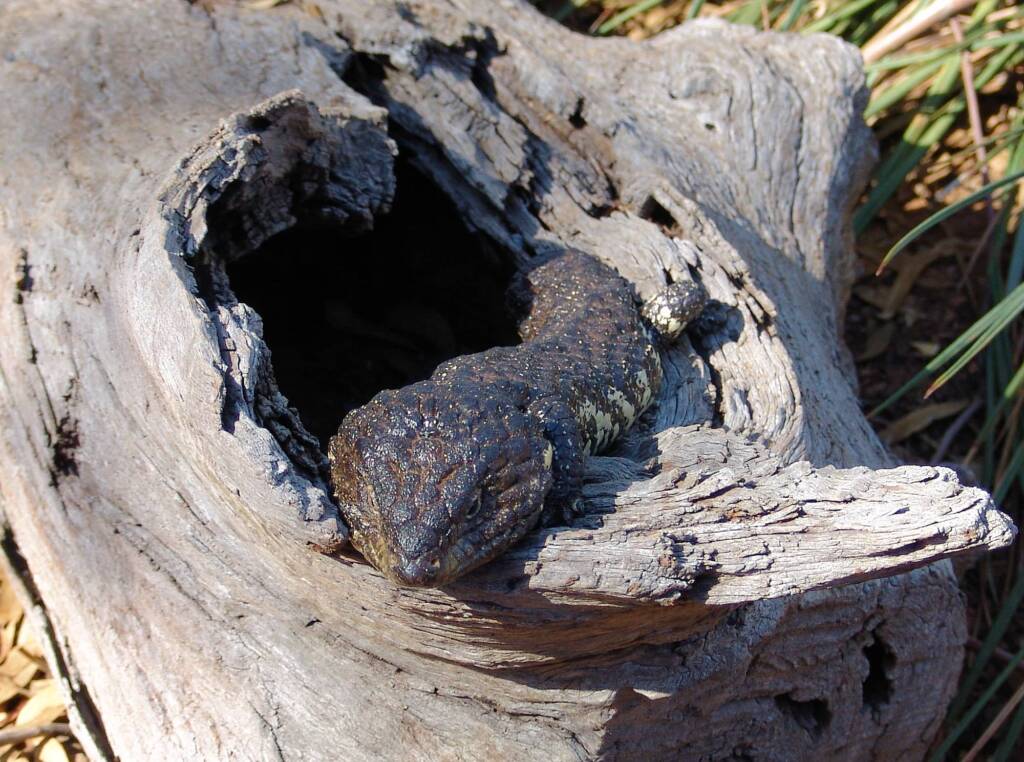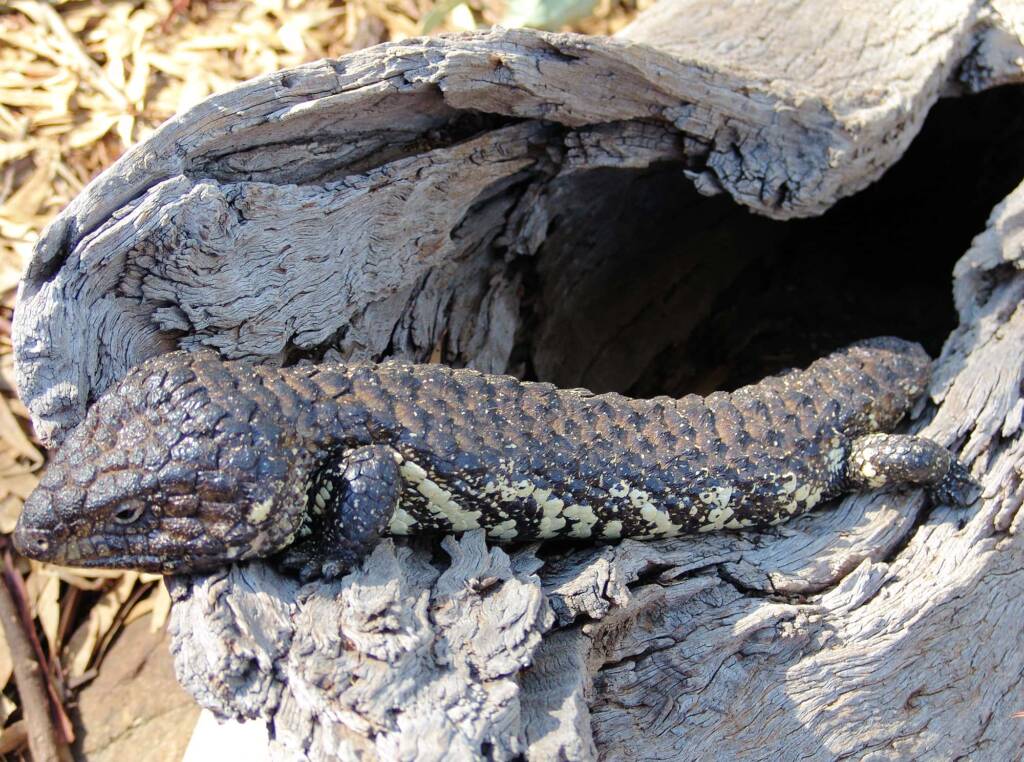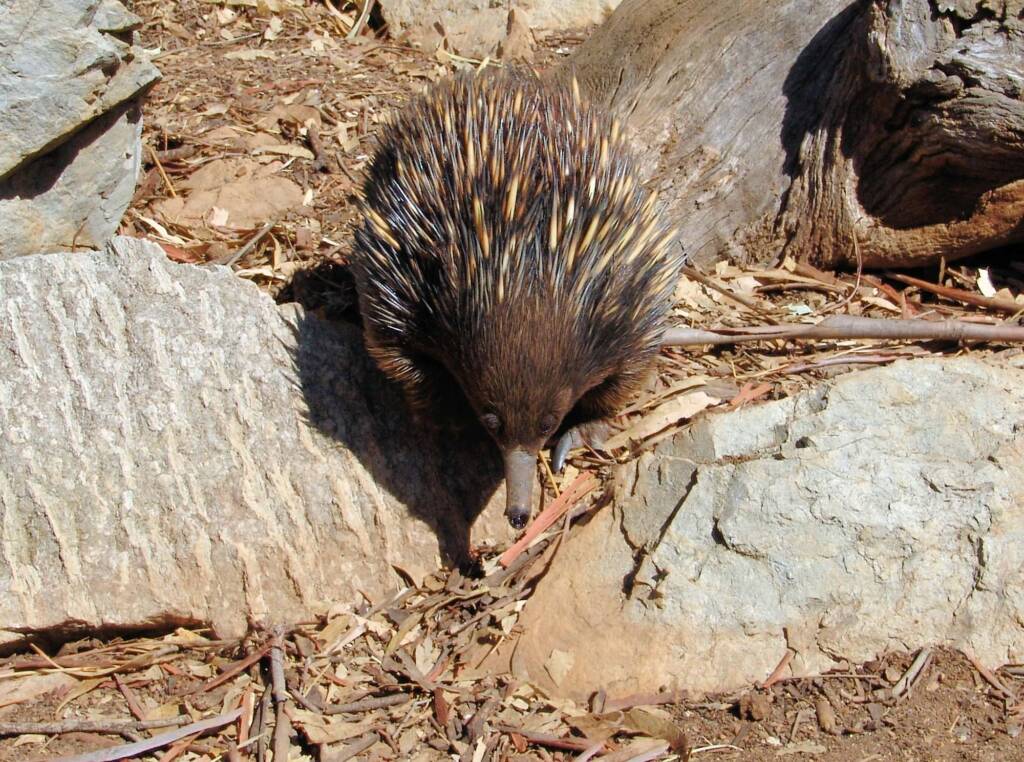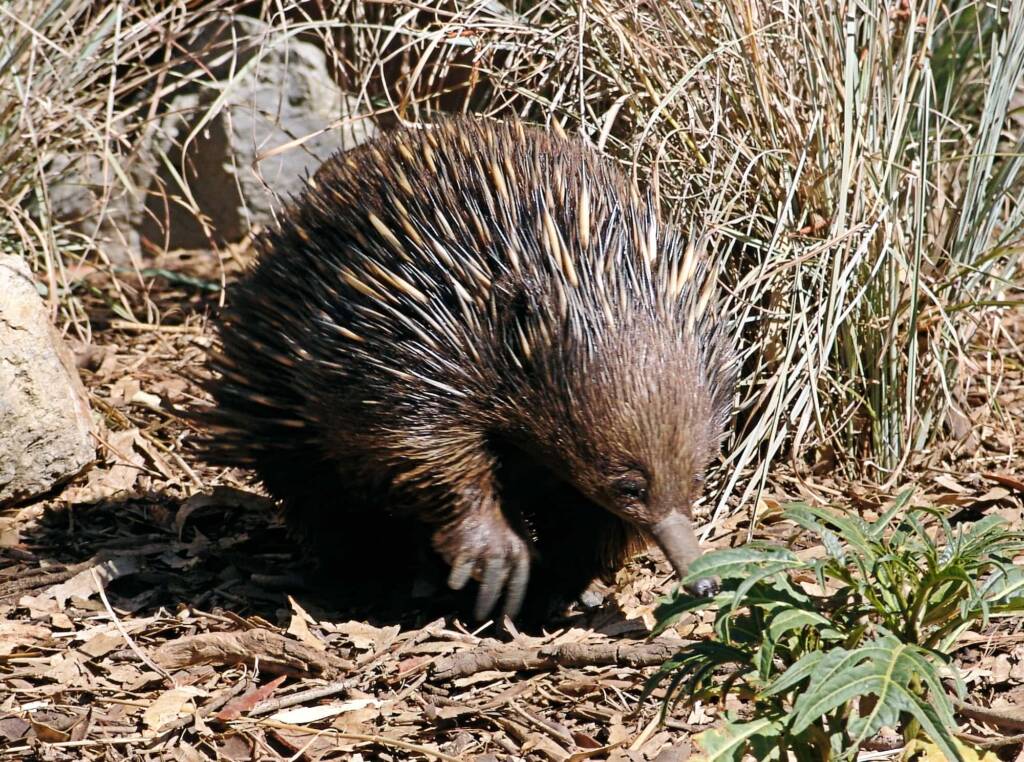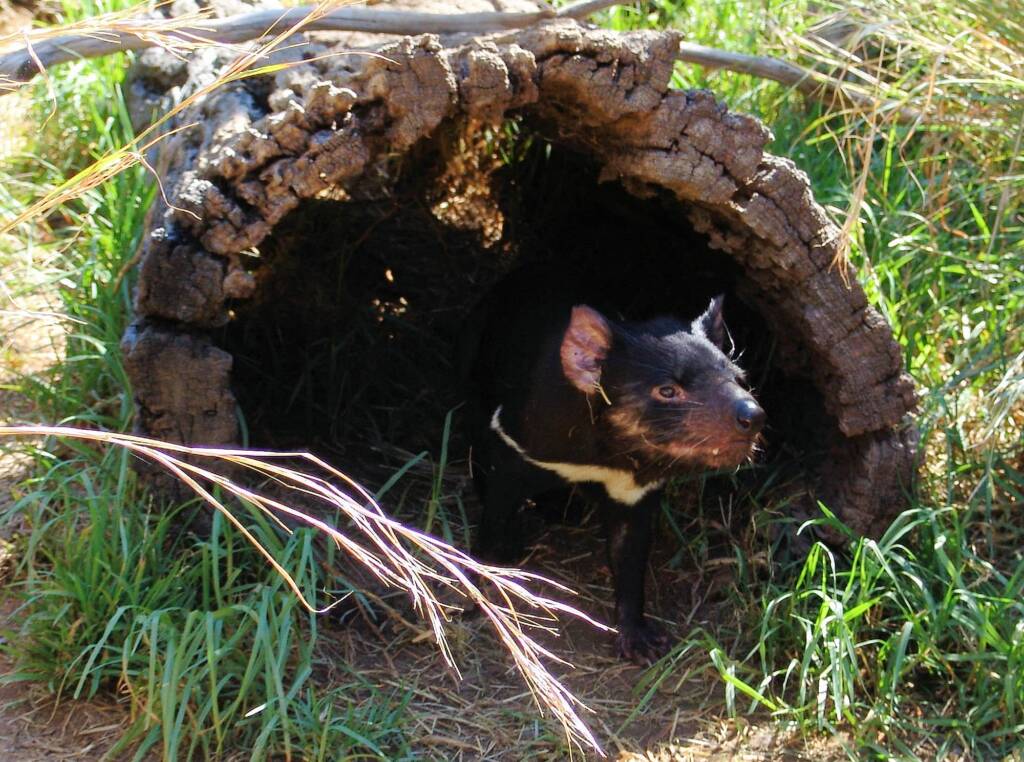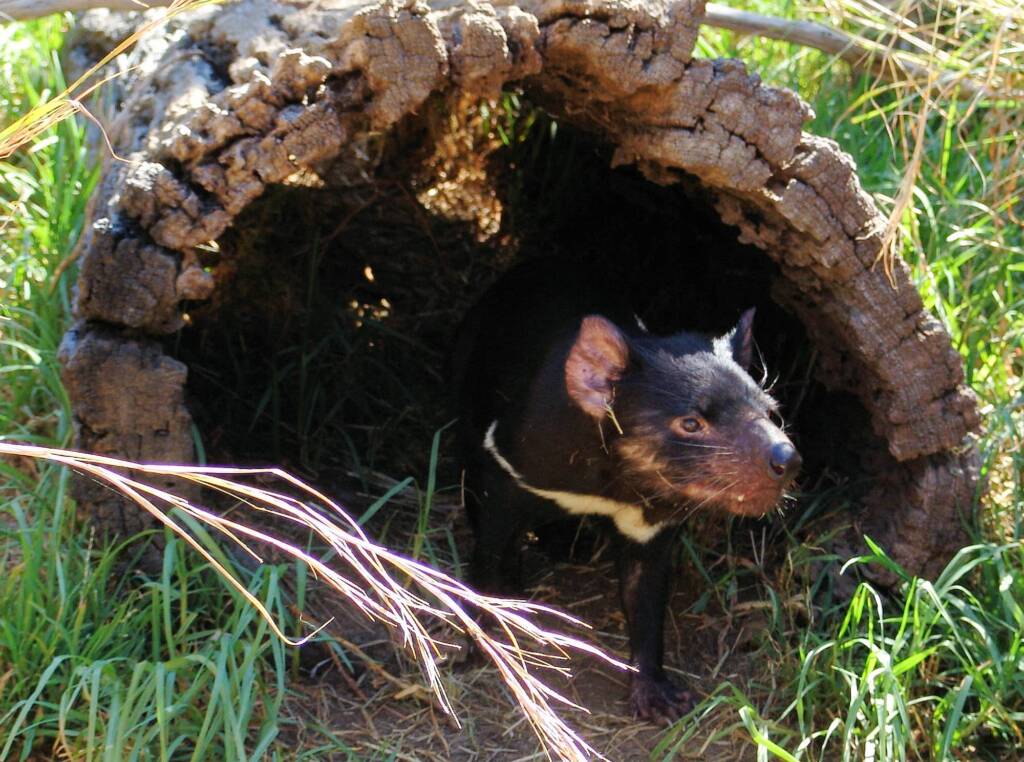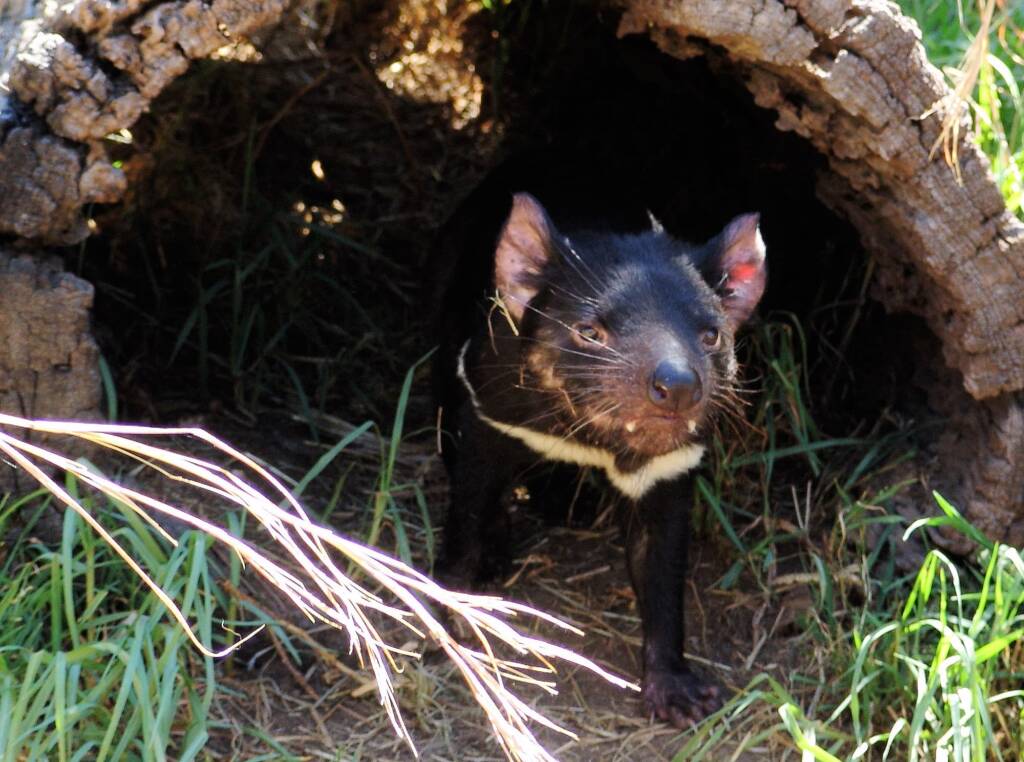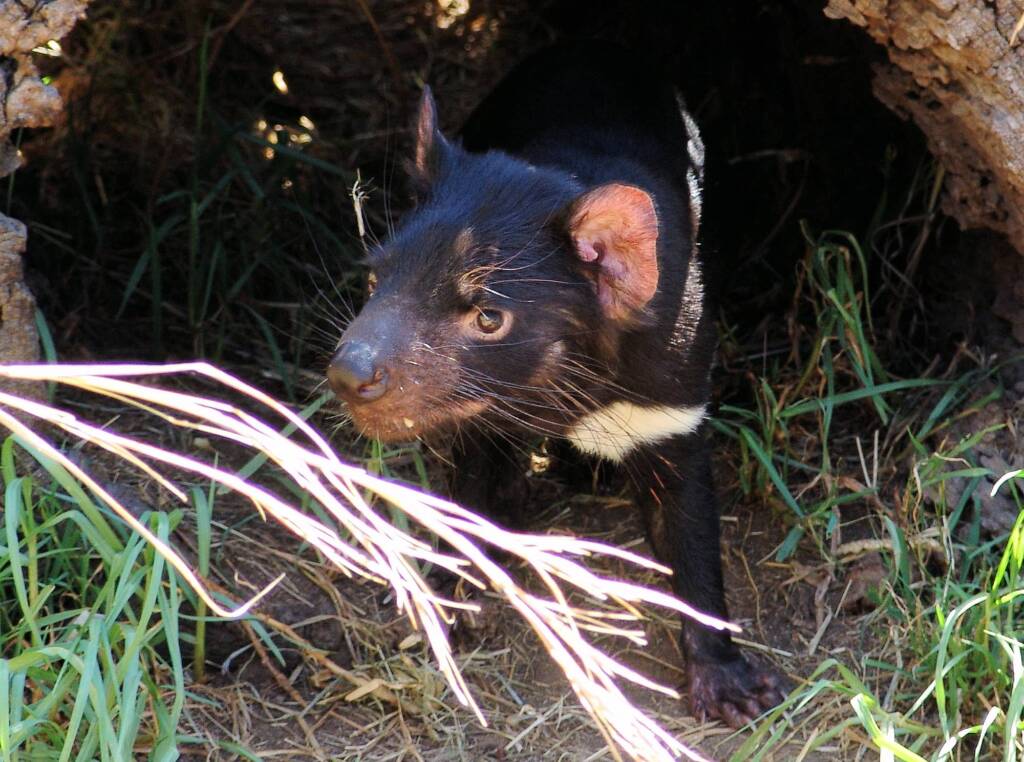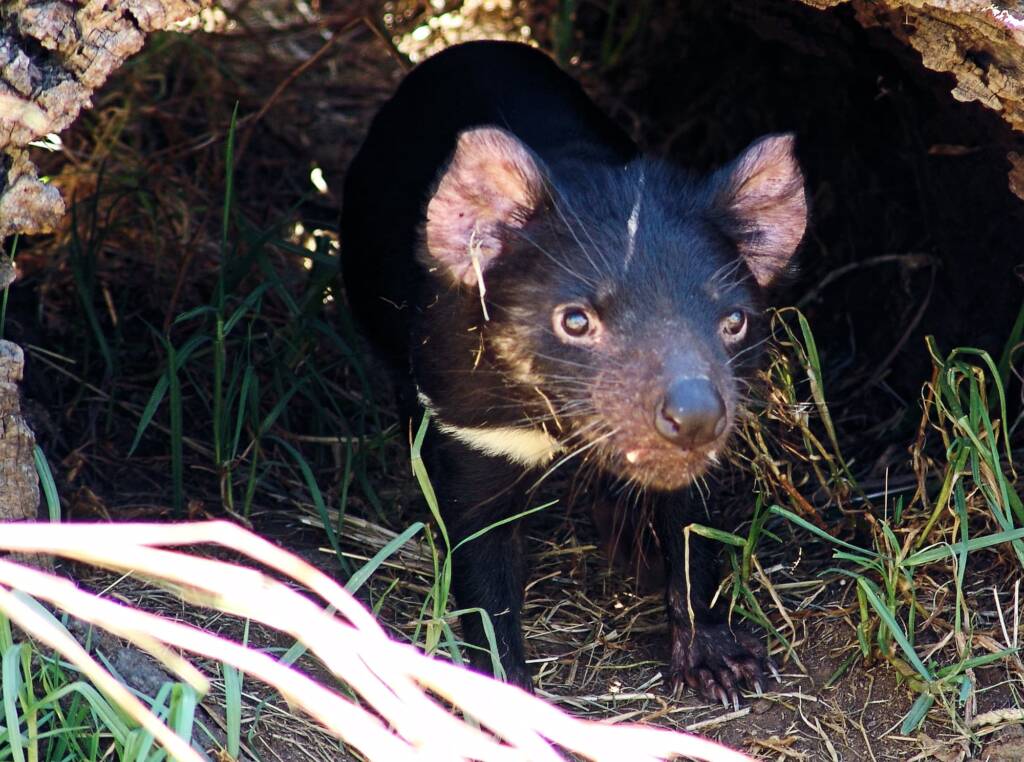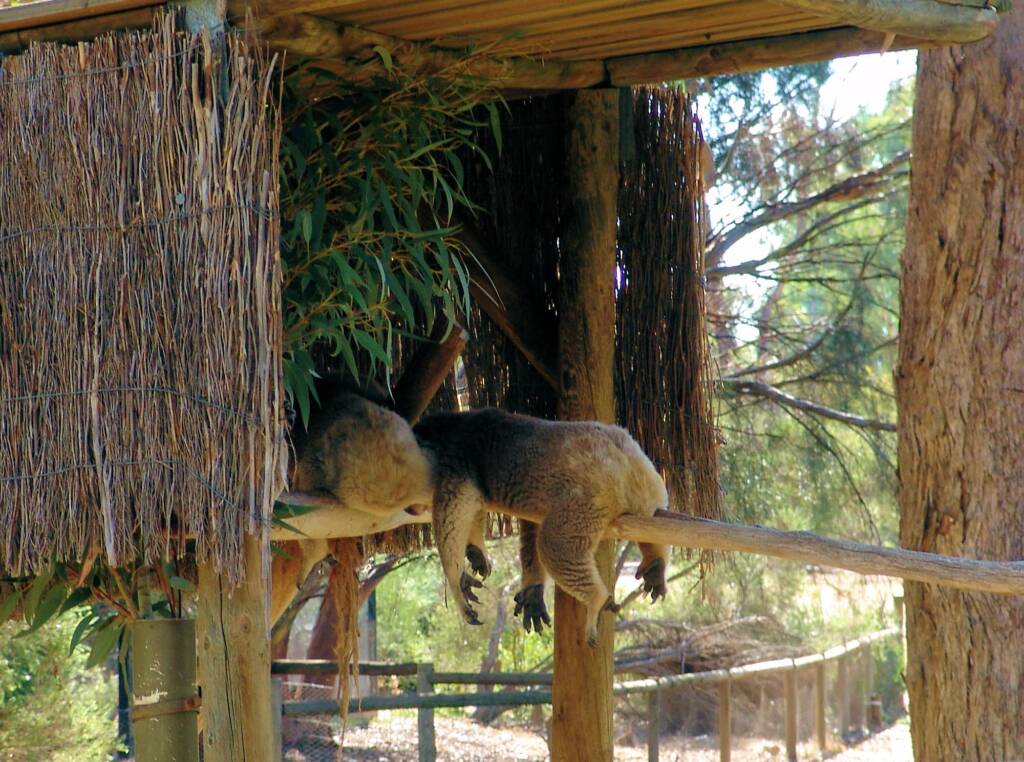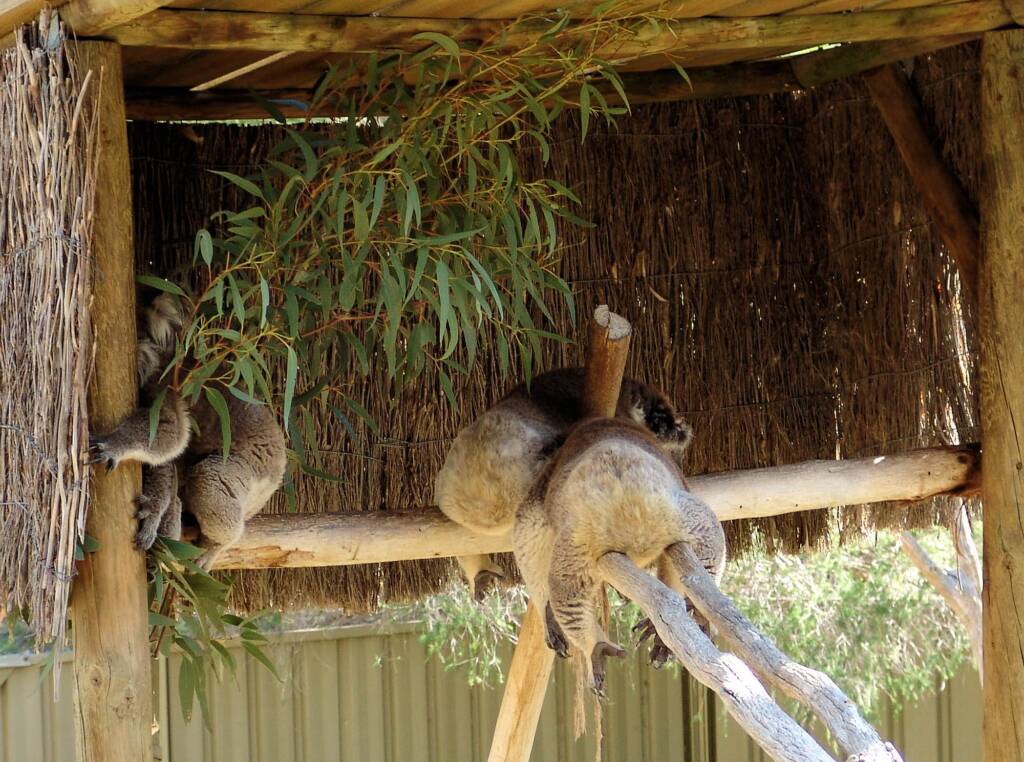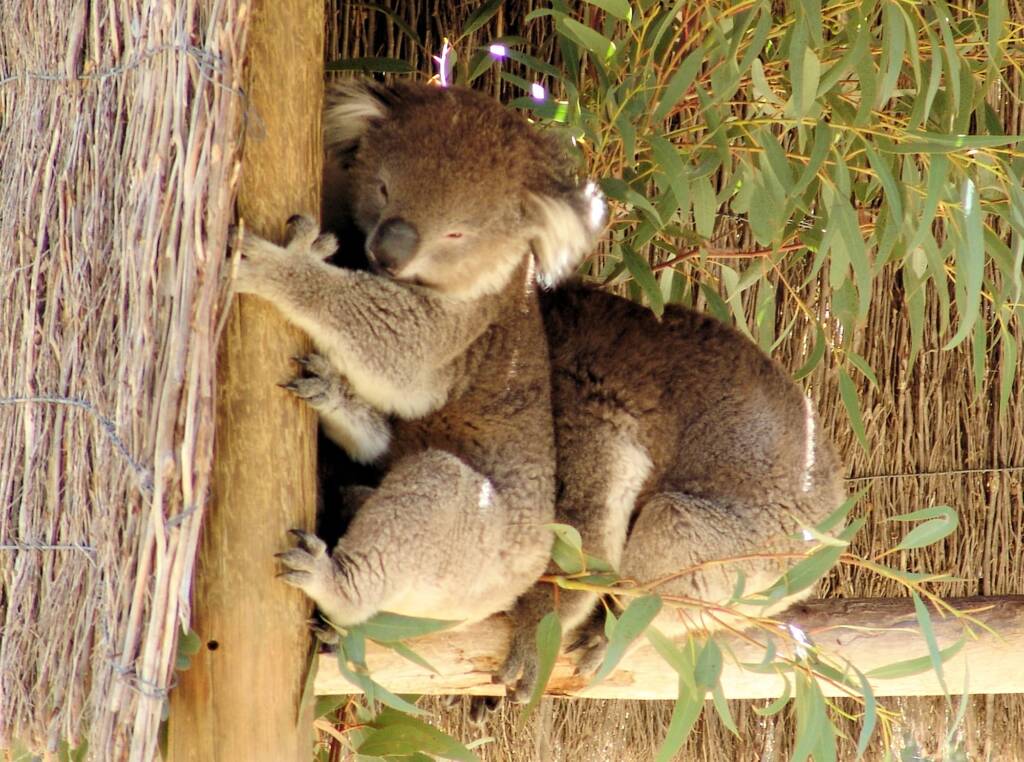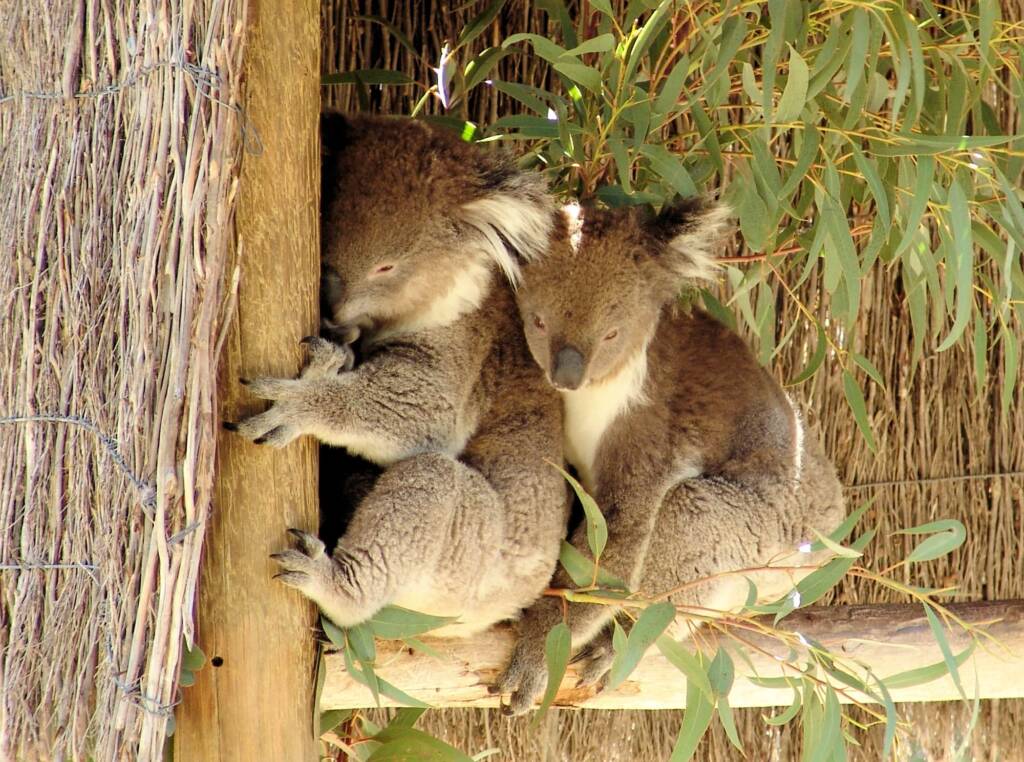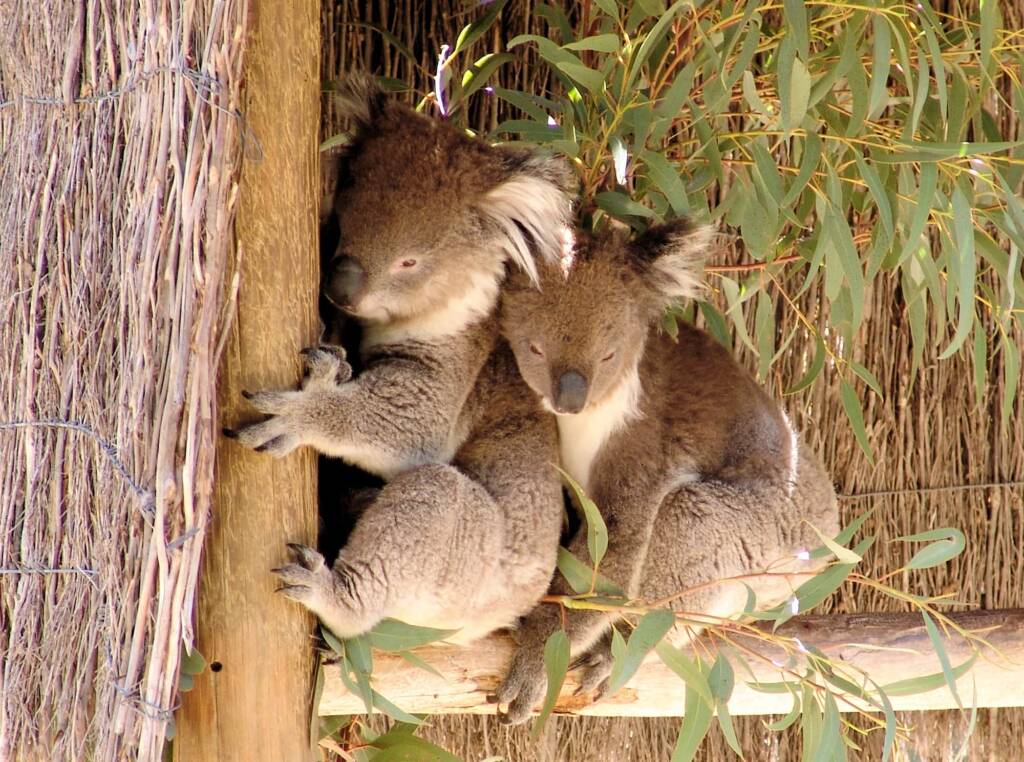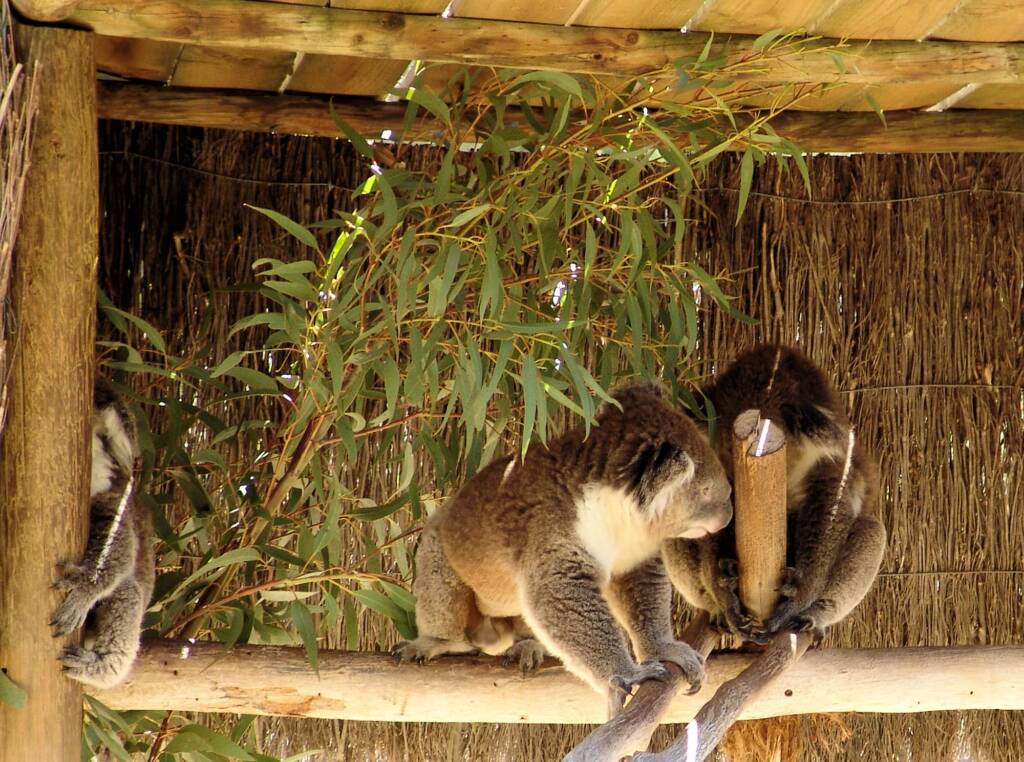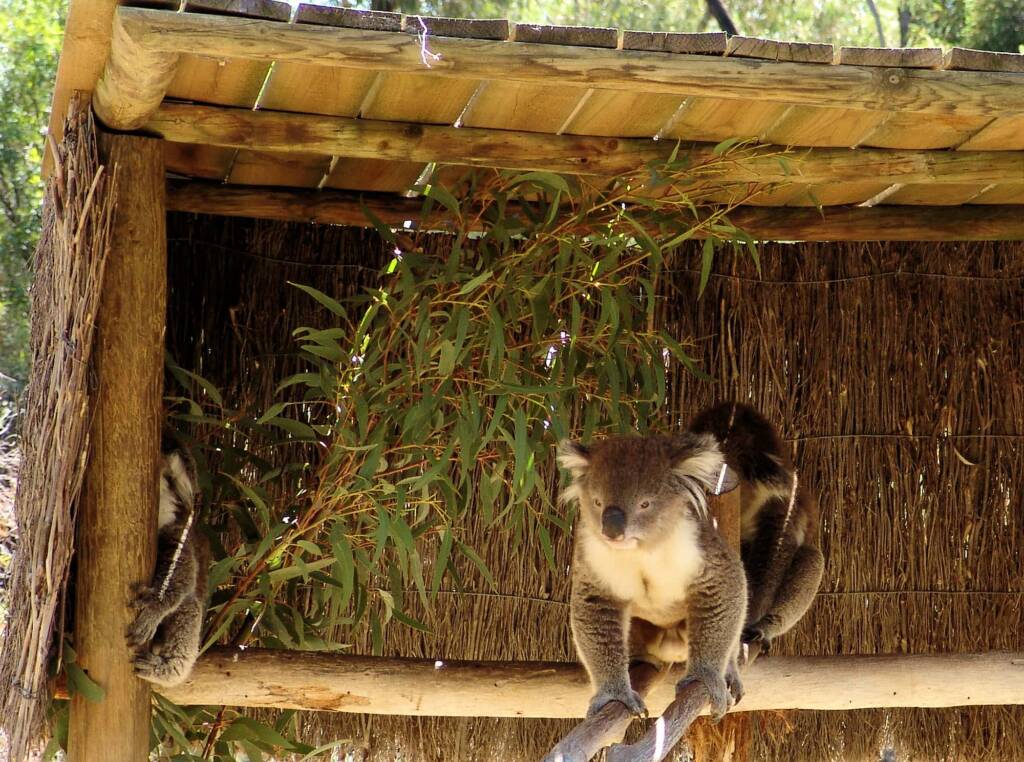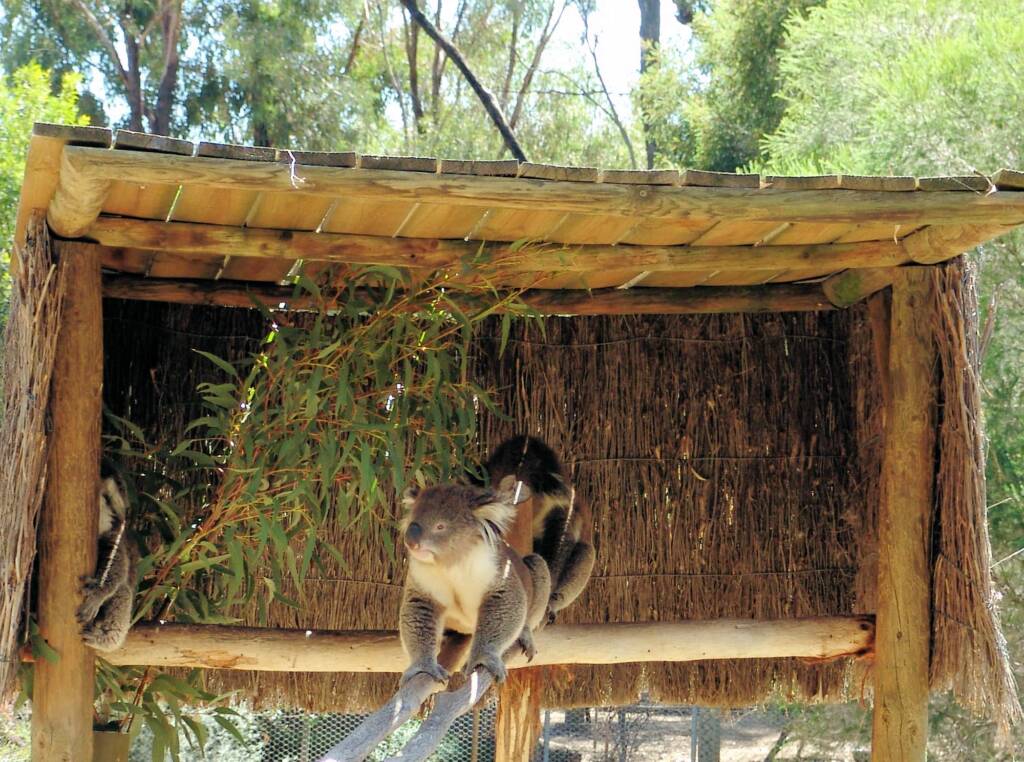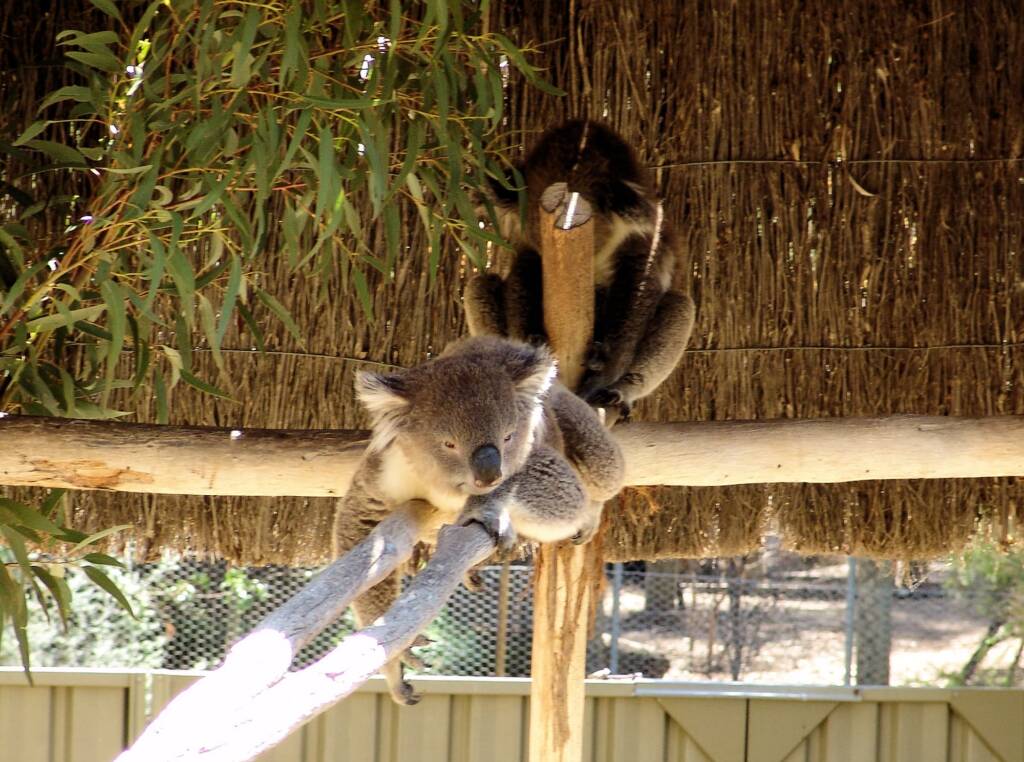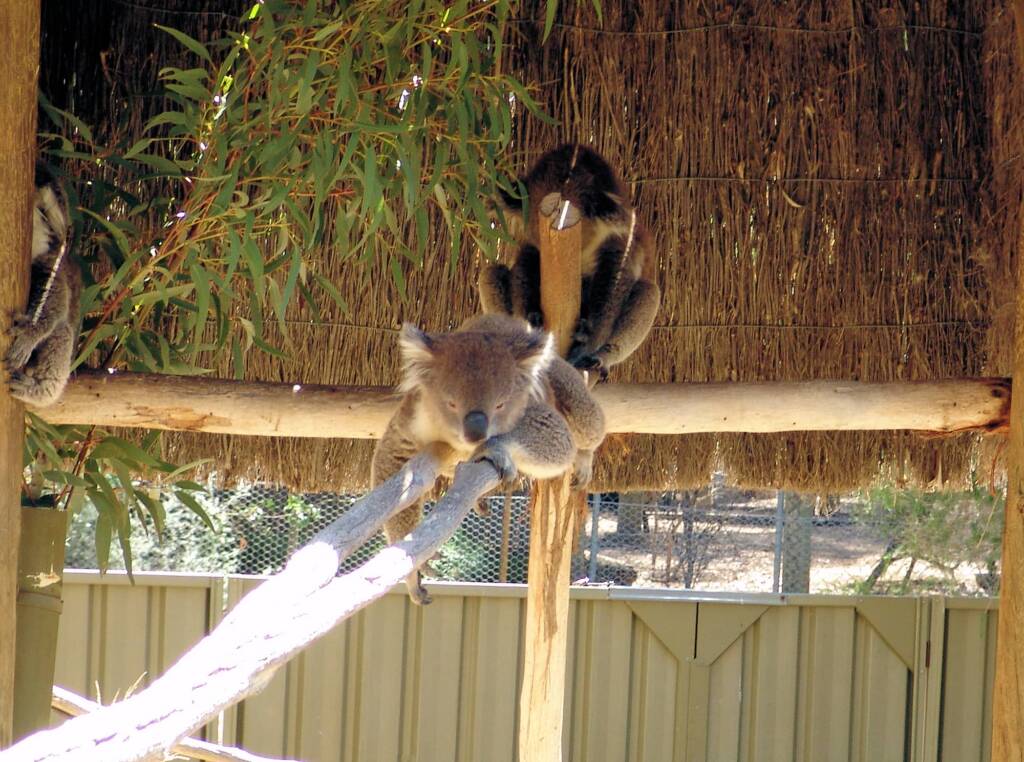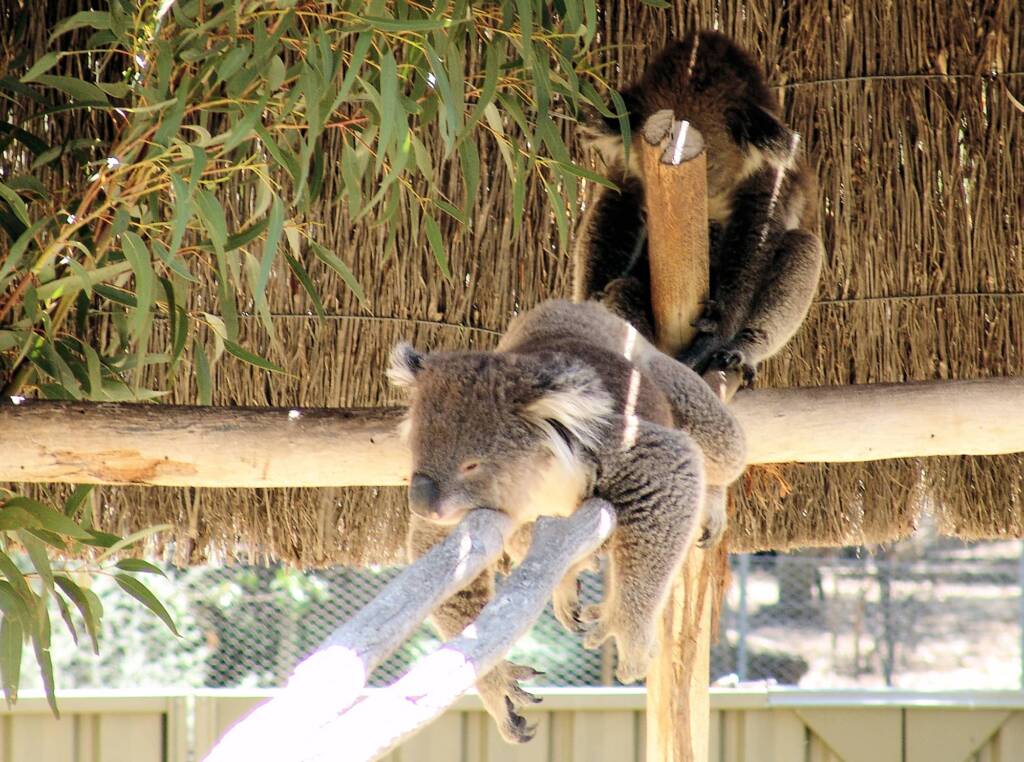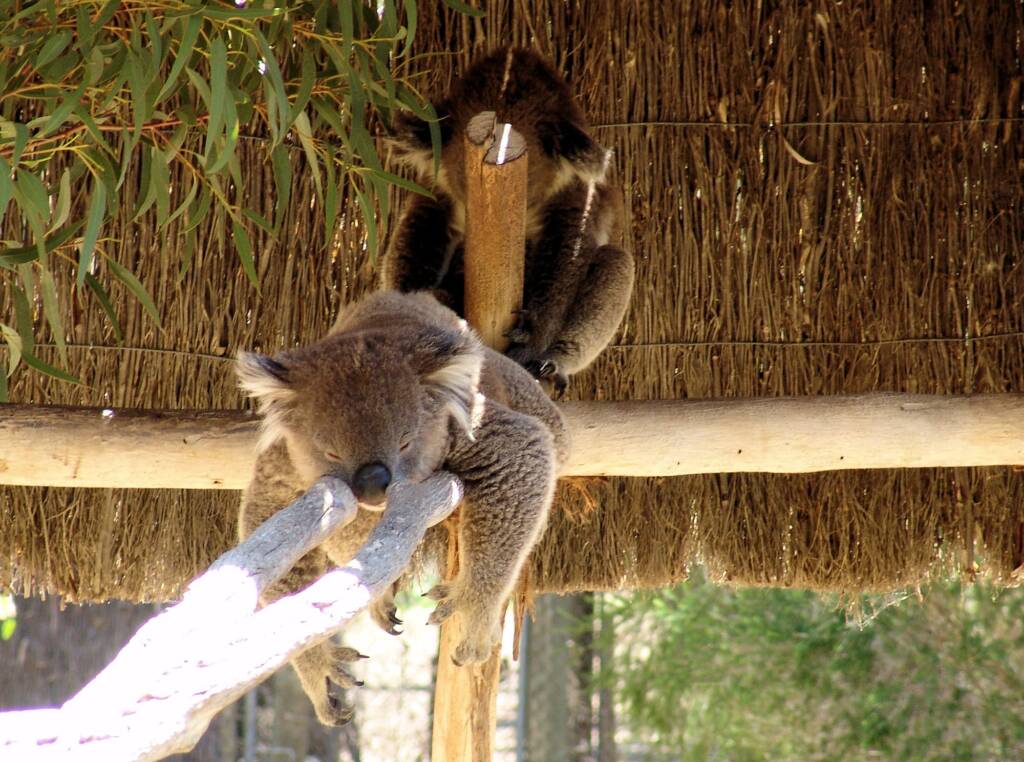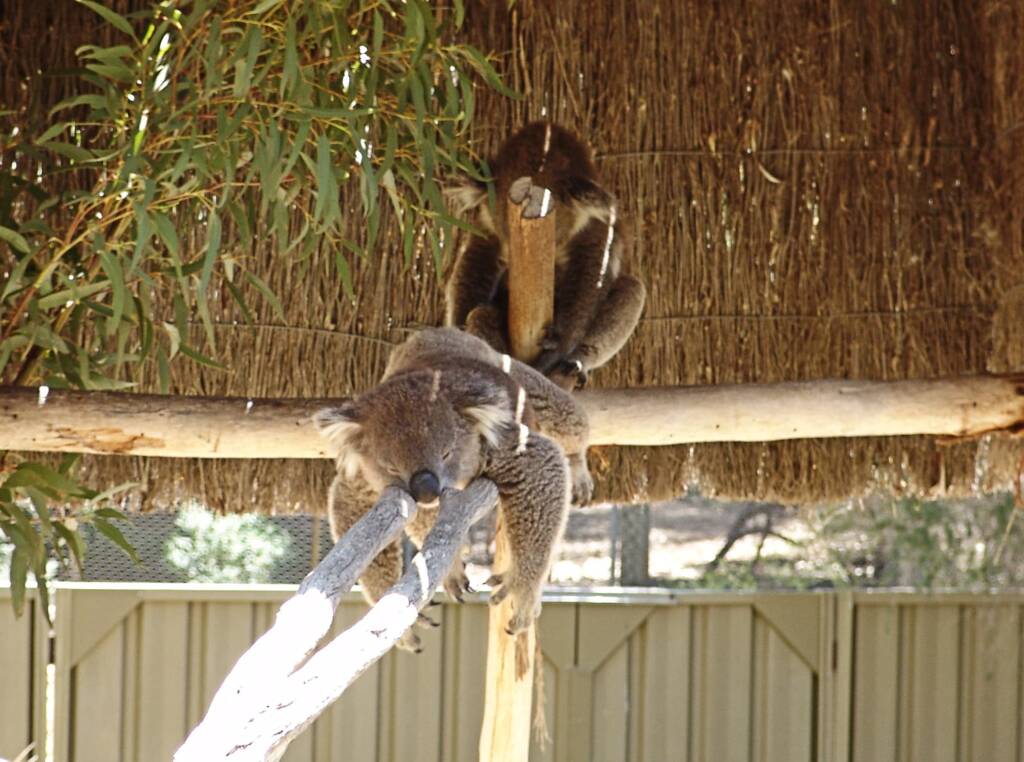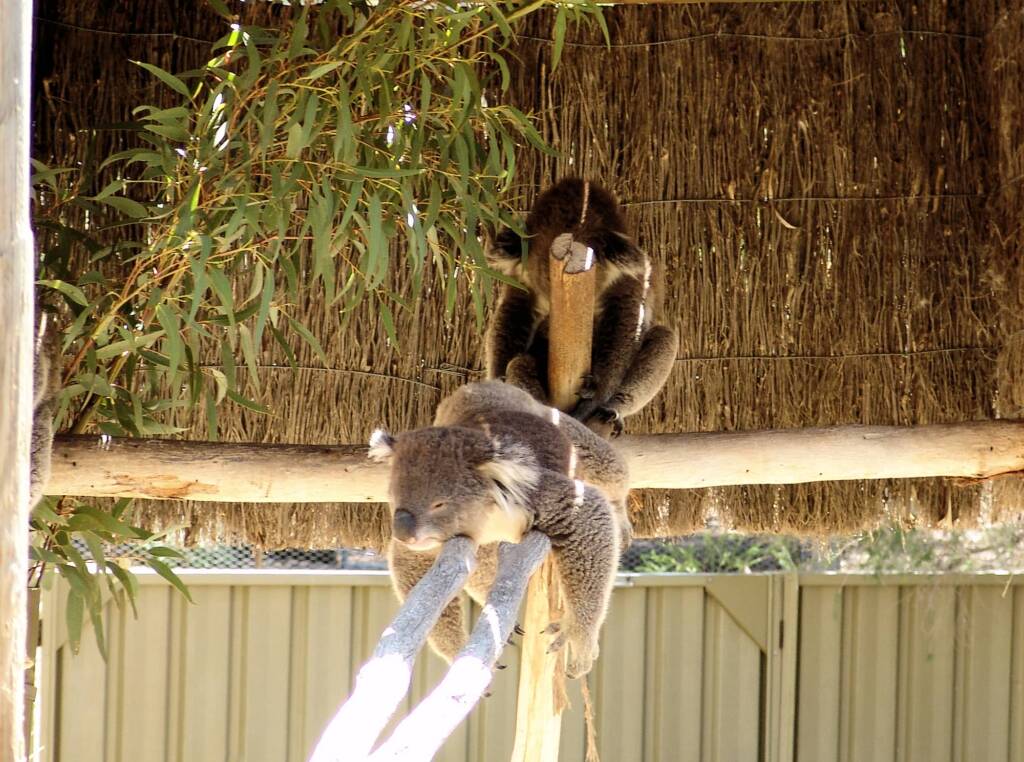KyabramKyabram Fauna Park Kyabram Rodeo Kyabram Vintage Engine and Machinery Rally
Encompasses 55 hectares of open woodland, wetlands and lakes, Kyabram Fauna Park is a must see and great place to visit for the entire family.

The park offers visitors the chance to get up close to some of our iconic Aussie animals including free-ranging kangaroos, emus and wallabies, as well as seeing koalas, dingoes, wombats, wallabies, echidna, flying-foxes, southern cassowary and quolls.
The park also has a reptile collection including native snakes, crocodile, lizards and turtles, as well as insect display. For the bird lovers the park includes aviaries that include cockatoos, parrots, brush turkeys, satin bower-birds, owls and the endangered bush stone-curlew.
Within the fauna park is the wetlands area. The wetlands are home to hundreds of waterfowl that visitors can view via the lookout tower and two bird hides.
Park Wetlands
Source: Park signage
The wetlands area is made up of natural depressions an man made ponds. The natural depressions were used by the community as a recreational area for many years. As the town developed the area was converted to carry the town’s storm water. After several severe floods the pondage area was increased by 30% and the retaining levee banks surrounding the area were raised to increase the total holding capacity of the ponds.
Water is delivered to the pondages via 3 pumping stations and there is an outfall to allow water to be partially drained into the irrigation drainage system when required. Water remaining in the pondages is then dispersed by evaporation over the spring-summer early autumn months. This filling, draining and evaporation follows the seasonal cycle of a natural wetland area.
Total area of wetlands is 33 hectares – this area was vermin-proofed fenced in 1982 as a result of a grant from the Victorian Department of Tourism.
For every 22 ml. of rainfall in the town, the wetlands water level will rise by approximately 40 ml.
The park has a range of planned projects which will see the creation of a variety of natural habitat within the area; these will include shallow depressions, islands, channels tee-tree planting and a River Red Gum Forest. These developments will be undertaken in such as way as to ensure that the holding capacity of the area is not diminished.
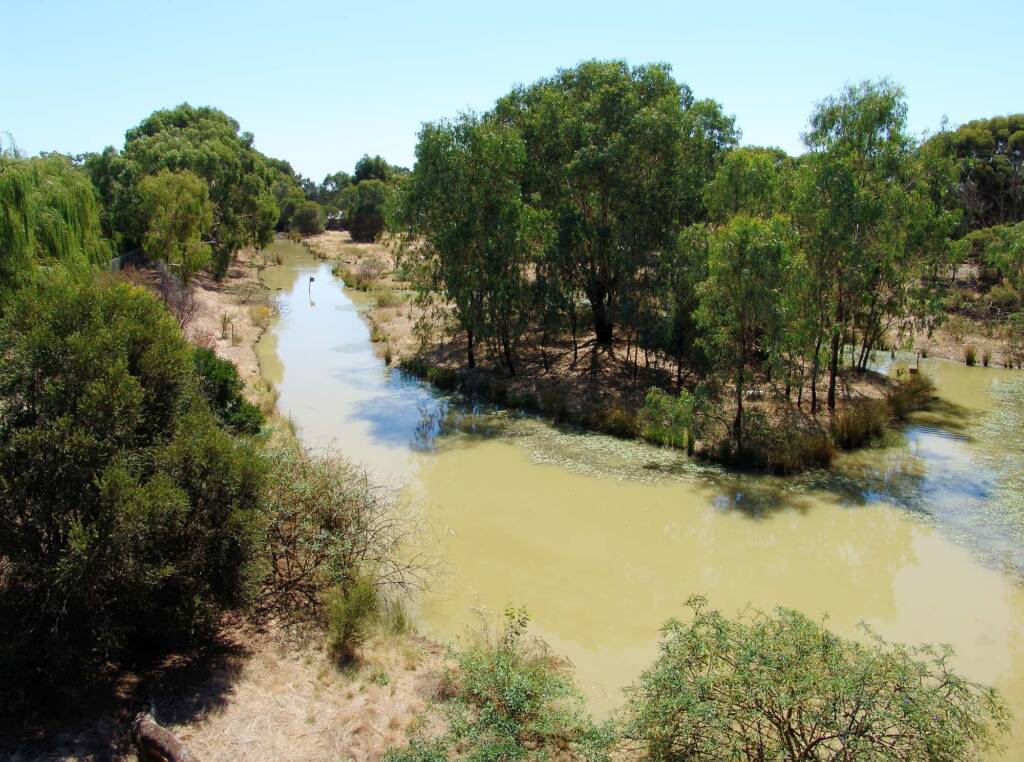
Wetlands Seasons
Autumn-Winter
Wetlands begin to fill with the first Autumn rains; as area continues to fill during winter, suitable habitats become available to such species as Black Swans, Musk Ducks, Rails and Bitterns.
Spring
Water levels stabilise and as the season warms, fringe water plants and insect pondlife begins to develop providing food and shelter for an increasing number of species – Hardhead Ducks, Grey and Chestnut Teal, Mountain Shelducks, Herons, Ibis, Blue-Billed Ducks etc, Spring also sees the commencement of the breeding cycle for most species of Waterfowl.
Summer
As water levels begin to drop due to evaporation, the water temperature increases. This combination triggers the growth of many species of water plants and insects thus providing abundant feed for the increasing numbers of birdlife and their young and also attracting a wider variety of birdlife – Dotterels, Stilts, Spoonbills, Herons, Egrets, Pelicans, Pink-Eared Ducks, Australian Shovellers, Maned Ducks, Grebes and Cormorants.
By the end of summer up to 75% of the Wetlands is dry; in extremely dry seasons the area will be completely dry.
To date there have been a total of 84 species of native wildlife recorded utilising the Park’s Wetlands area.
Source: Park Signage

There are visitor facilities that include picnic shelters, Café and gift shop, whilst the children’s playground and free BBQs are located at the Park’s entrance.
Check out their website for more information: www.kyabramfaunapark.com.au
Following information from park signage:
Kyabram People of Vision
W.J. Wood 1890-1955
W.J. Wood, known as Henry Wood, moved to Kyabram in 1909 at the age of eighteen. He was initially employed as a boot repairer, but soon established his own shoe sales and repair business.
In 1928 Henry Wood purchased Kinghts Big Store, beginning the Wood family’s involvement with the still developing Kyabram retail businesses under the name of Knight’s. He developed the original Knight’s Big Store into a complex of businesses reflecting his wide ranging capabilities and enormous energy. Under his strong leadership, the Knight’s Enterprise included: a department store (clothing, hardware, homewares etc.), a grocery, a timber yard, a furniture store and a house building and plumbing business. Knight’s became one of the leading family businesses in country Victoria.
As well as having a very active business life, Henry Wood was committed to the development and welfare of Kyabram and its people. He was a member of the Kyabram Progress Association for many years and was a leading force behind Kyabram’s separation from Rodney Shire and declaration as a Borough in 1854. He was elected as Kyabram’s first mayor and passed away while in office in 1955.
As far back as 1923 he organised a Back to Kyabram event to raise funds for Kyabram’s first swimming pool. It was built in this Fauna Park, near the current Koala Enclosure. Subsequently he was behind the construction of Kyabram’s current swimming pool, and his involvement is commemorated with a plaque.
In the town’s early years, with his characteristic vision, Henry Wood was instrumental in establishing a bush nursing hospital. He served as secretary for many years and began the planning for Kyabram’s present hospital. The Memorial Gates and Memorial Drive opposite the hospital were further achievements.
Henry Wood was ahead of his time in his conservationist beliefs. He played a moajor role in the development of Kyabram’s Recreation Reserves. He planted and nurtured many of the trees in the reserves, including the land covered by this Fauna Park.
Henry Wood was a leading and highly principled member of the Methodist Church. (His nickname Henry came from his belief in Henry Worsrall, a Methodist evangelist of early this century.) He was secretary of the Church Trust Committee until his death, he was also known for his generosity to people in need.
He had married Mabel Kibby in 1918 and had two children, Maurice and Betty, who continued his forward thinking commitment to Kyabram.
Henry Wood once said that “Kyabram Is The Home Of Strong, Independent Men Who Have Vision And Faith In Their Town.” He lived up to that statement.
Source: signage in the Kyabram Fauna Park.
KyabramKyabram Fauna Park Kyabram Rodeo Kyabram Vintage Engine and Machinery Rally
VictoriaAlpine National Park Bright Dinner Plain Falls Creek Glenrowan Great Alpine Road Great Ocean Road Kyabram Mount Beauty Mount Buffalo Mount Hotham Mountain Creek Phillip Island Sullivans Lookout Victorian Alpine Region Victoria’s High Country Wilsons Promontory National Park





